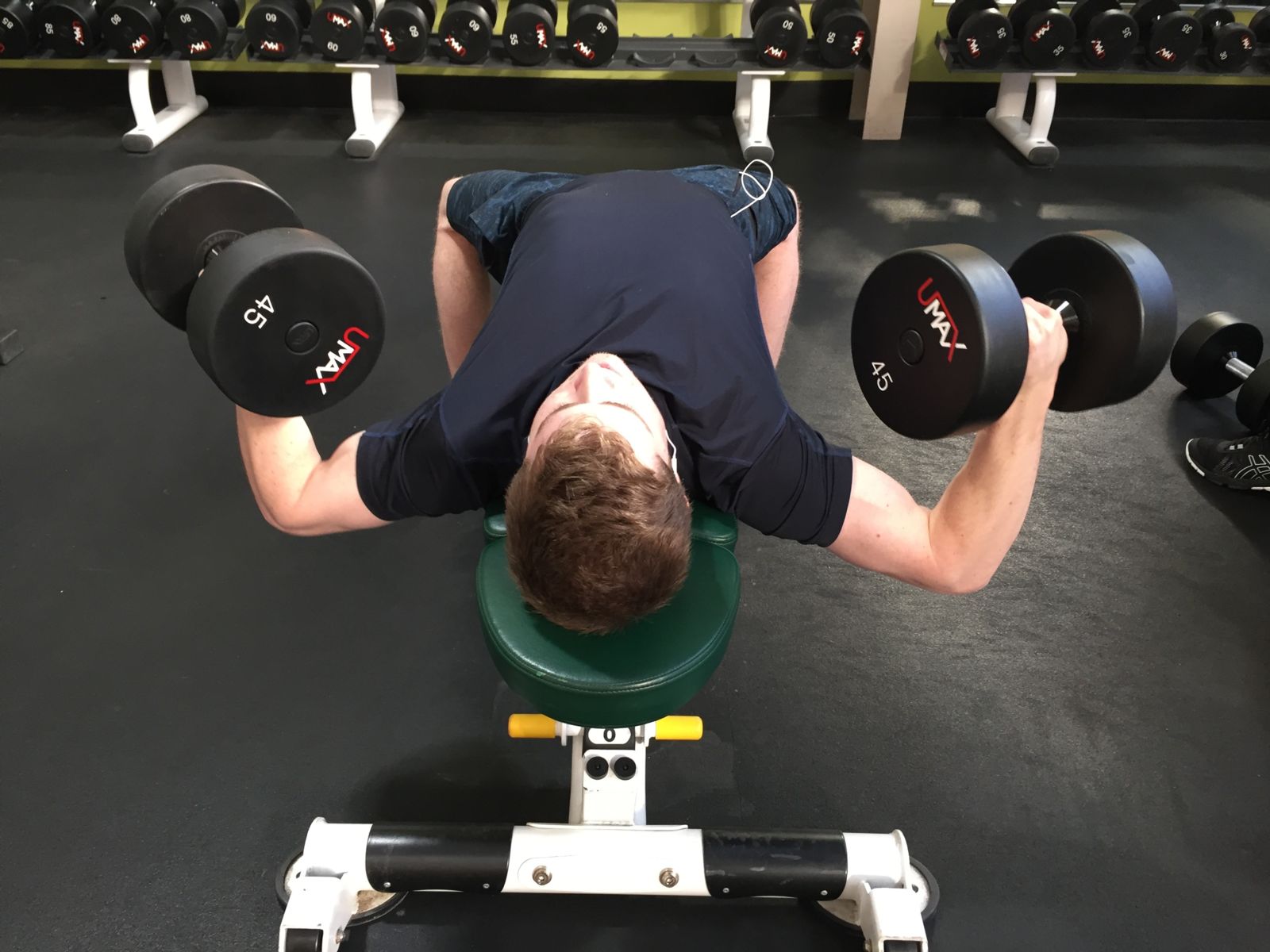Continuum of Care, Inc.’s mission is to enable people who are challenged with mental illness, intellectual disabilities, addiction, or homelessness to rebuild a meaningful life and thrive in the community.
Is Wellness a Fad?
During Mental Wellness month we explore the importance of including wellness interventions as part of treatment
Recently, I have been visiting the websites of different mental health and recovery programs. The common theme is the emphasis they put in the availability of wellness services to their potential clients. It sure makes it less threatening to know that the place you will be potentially spending the most difficult time in your life looks better than a spa and will provide the comfortable and soothing spaces you need to feel better!
Words like “wellness," “holistic treatment”, and “mind, body and soul” appear in every website promising that treatment will be a positive experience with plenty of opportunity for self-care. If you are looking for treatment, you might become skeptical about what this means. Questions that might come to your mind could be: Is this true? Does this work? And how would this help me stop being suicidal, hearing voices or using drugs? In all honesty, most wellness interventions will not be sufficient on their own to address the problem that you are seeking treatment for.
Why do programs and treatment facilities make it a point to let us know that they will provide “wellness services”? The answer is simple – We are more than our symptoms, and although they need to be addressed and preferably resolved, we long to focus on those things that make us hopeful, happy, and proud of ourselves. Wellness interventions are “evidenced based” treatment modalities. In other words, there are plenty of research studies that conclude that focusing on wellness helps us get well.
Does that mean that we all should take on meditation or join a yoga class? Should we increase the number of massages or trips to the spa we make? There is nothing wrong with that. However, we should think about wellness in broader terms. What we know about wellness is that finding activities that are mindful and bring you joy will give you better, healthier resources to deal with your symptoms when things get tough. People that have gone through the process give us plenty of examples of what this means: A young man with bipolar disorder will tell you how he struggled with feelings of restlessness but found a way to channel that energy by taking care of his beautiful fish tank, or a woman with severe PTSD will share that she found knitting soothing and a much better alternative to self-harm, or the artist that will tell you he found joy in his art in spite of his daily struggle with psychotic symptoms. Yes, a yoga class might be where you find wellness, but do not get discouraged if you do not “feel the magic” at the end of the class. There are plenty of wellness activities to explore: from cooking to composing a song, to petting a dog.
 So what should be considered when choosing program? What should we look for when it comes to wellness? Look for a program that is able to work with you in finding what works. A program that is able to personalize your treatment plan to meet your individual needs. Scheduled wellness activities are okay, but not necessarily effective. A program that has access to various resources for different kinds of people will probably be more effective at helping you find “your” wellness. If you have a particular interest, ask questions about that interest: Can I bring my musical instrument to practice? Do you have access to a music studio or music classes? Can I bring my art supplies? Would I have time and space to work on my art? Is there an exercise room? Is there a way that I can go for a run in the morning?
So what should be considered when choosing program? What should we look for when it comes to wellness? Look for a program that is able to work with you in finding what works. A program that is able to personalize your treatment plan to meet your individual needs. Scheduled wellness activities are okay, but not necessarily effective. A program that has access to various resources for different kinds of people will probably be more effective at helping you find “your” wellness. If you have a particular interest, ask questions about that interest: Can I bring my musical instrument to practice? Do you have access to a music studio or music classes? Can I bring my art supplies? Would I have time and space to work on my art? Is there an exercise room? Is there a way that I can go for a run in the morning?
Don’t know what wellness looks like for you yet? Make sure that the facility has a program that includes a variety of therapeutic activities, including art, music, exercise, meditation, cooking, pet therapy, and other things to explore. Explore all of them and give them a chance. Not only will it give you a chance to find something that brings you joy but you will learn a lot about yourself in the process.